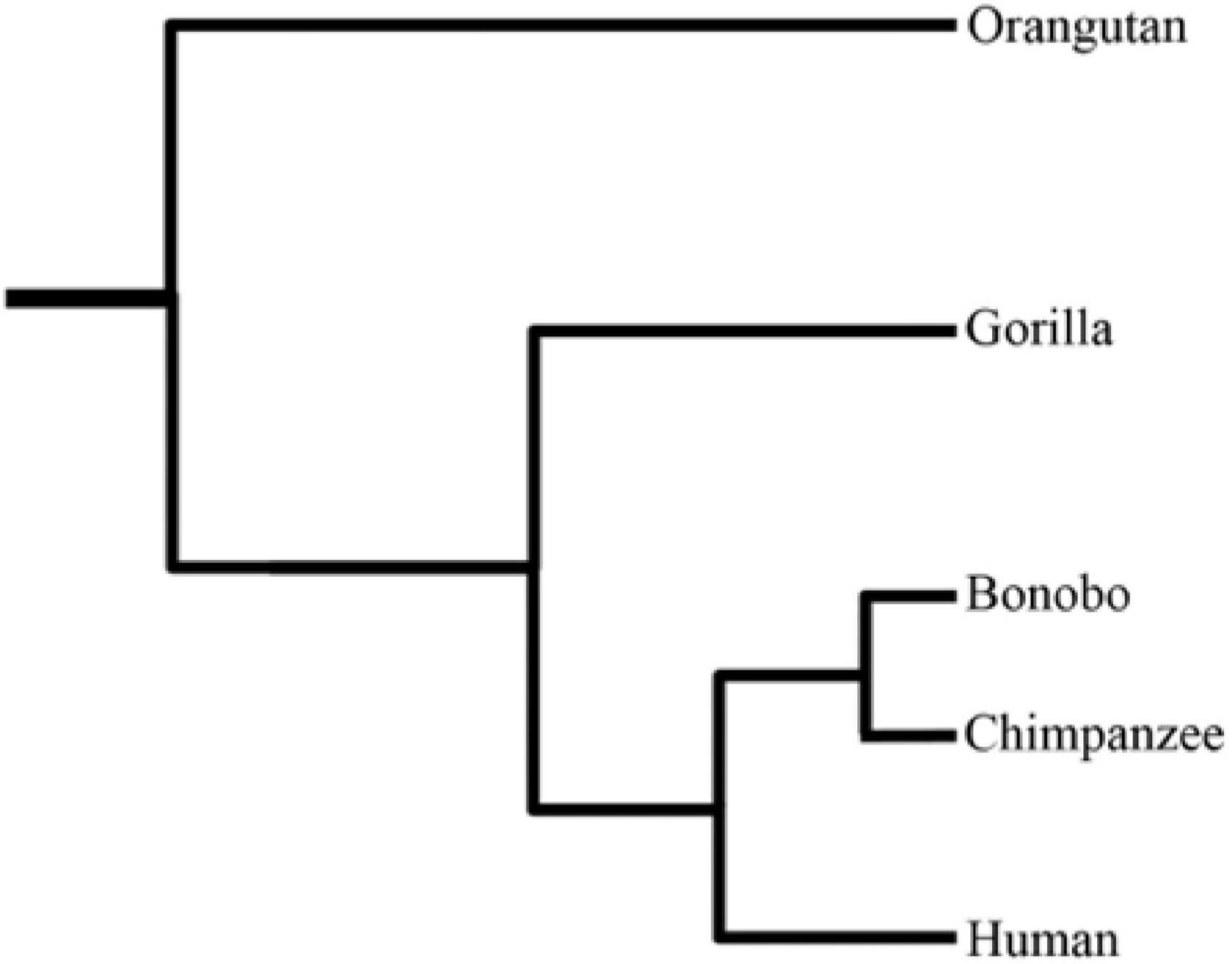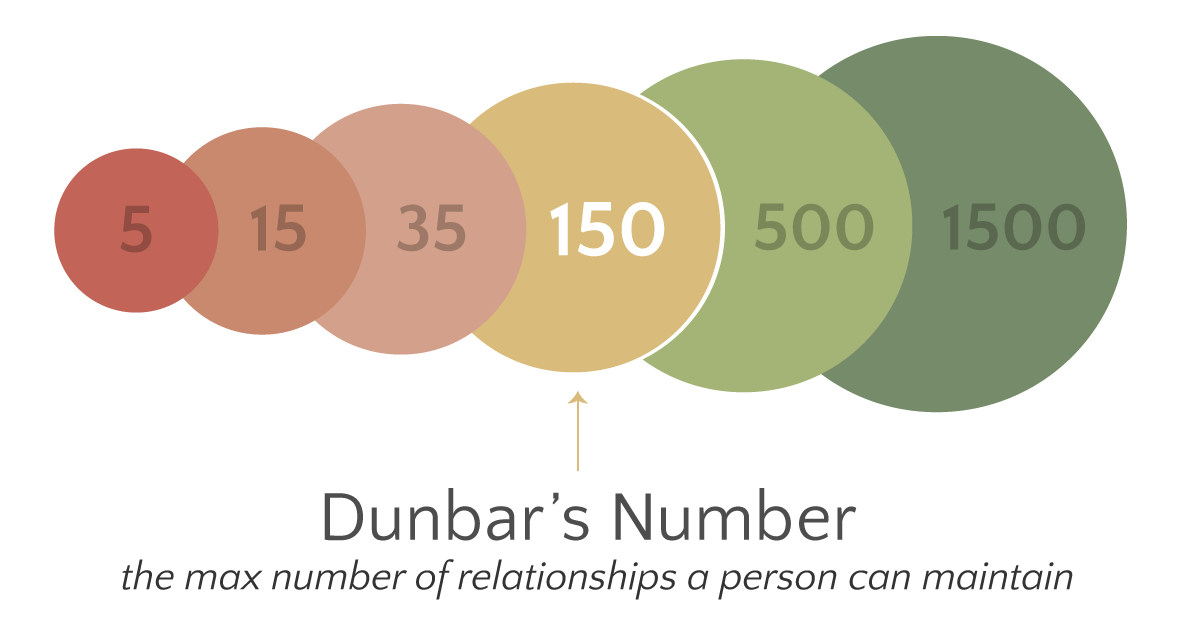|
Machiavellian Intelligence Hypothesis
In primatology, the Machiavellian intelligence or social brain hypothesis describes the capacity of primates to manuever in complex social groups. The first introduction of this concept came from Frans de Waal's book ''Chimpanzee Politics'' (1982). In the book de Waal notes that chimpanzees performed certain social maneuvering behaviors that reminded him of the works of Machiavelli. This hypothesis posits that large brains and distinctive cognitive abilities of humans have evolved via intense social competition in which social competitors developed increasingly sophisticated strategies as a means to achieve higher social and reproductive success. Overview Origin of the term The term "Machiavellian intelligence" originates from the primatologist Franz de Waal, who noted that the behaviors of primates was so elaborate that it could perhaps be compared to political behavior today. Primatologists Nicholas Humphrey, Andrew Whiten and Richard Byrne were instrumental in deve ... [...More Info...] [...Related Items...] OR: [Wikipedia] [Google] [Baidu] |
Chimpanzees In Uganda (5984913059)
The chimpanzee (''Pan troglodytes''), also known as simply the chimp, is a species of great ape native to the forest and savannah of tropical Africa. It has four confirmed subspecies and a fifth proposed subspecies. When its close relative the bonobo was more commonly known as the pygmy chimpanzee, this species was often called the common chimpanzee or the robust chimpanzee. The chimpanzee and the bonobo are the only species in the genus ''Pan''. Evidence from fossils and DNA sequencing shows that ''Pan'' is a sister taxon to the human lineage and is humans' closest living relative. The chimpanzee is covered in coarse black hair, but has a bare face, fingers, toes, palms of the hands, and soles of the feet. It is larger and more robust than the bonobo, weighing for males and for females and standing . The chimpanzee lives in groups that range in size from 15 to 150 members, although individuals travel and forage in much smaller groups during the day. The species lives ... [...More Info...] [...Related Items...] OR: [Wikipedia] [Google] [Baidu] |
Primate
Primates are a diverse order (biology), order of mammals. They are divided into the Strepsirrhini, strepsirrhines, which include the lemurs, galagos, and lorisids, and the Haplorhini, haplorhines, which include the Tarsiiformes, tarsiers and the Simiiformes, simians (monkeys and apes, the latter including humans). Primates arose 85–55 million years ago first from small Terrestrial animal, terrestrial mammals, which adapted to living in the trees of tropical forests: many primate characteristics represent adaptations to life in this challenging environment, including large brains, visual acuity, color vision, a shoulder girdle allowing a large degree of movement in the shoulder joint, and dextrous hands. Primates range in size from Madame Berthe's mouse lemur, which weighs , to the eastern gorilla, weighing over . There are 376–524 species of living primates, depending on which classification is used. New primate species continue to be discovered: over 25 species were d ... [...More Info...] [...Related Items...] OR: [Wikipedia] [Google] [Baidu] |
University Of Chicago Press
The University of Chicago Press is the largest and one of the oldest university presses in the United States. It is operated by the University of Chicago and publishes a wide variety of academic titles, including '' The Chicago Manual of Style'', numerous academic journals, and advanced monographs in the academic fields. One of its quasi-independent projects is the BiblioVault, a digital repository for scholarly books. The Press building is located just south of the Midway Plaisance on the University of Chicago campus. History The University of Chicago Press was founded in 1890, making it one of the oldest continuously operating university presses in the United States. Its first published book was Robert F. Harper's ''Assyrian and Babylonian Letters Belonging to the Kouyunjik Collections of the British Museum''. The book sold five copies during its first two years, but by 1900 the University of Chicago Press had published 127 books and pamphlets and 11 scholarly journals, in ... [...More Info...] [...Related Items...] OR: [Wikipedia] [Google] [Baidu] |
Oxford University Press
Oxford University Press (OUP) is the university press of the University of Oxford. It is the largest university press in the world, and its printing history dates back to the 1480s. Having been officially granted the legal right to print books by decree in 1586, it is the second oldest university press after Cambridge University Press. It is a department of the University of Oxford and is governed by a group of 15 academics known as the Delegates of the Press, who are appointed by the vice-chancellor of the University of Oxford. The Delegates of the Press are led by the Secretary to the Delegates, who serves as OUP's chief executive and as its major representative on other university bodies. Oxford University Press has had a similar governance structure since the 17th century. The press is located on Walton Street, Oxford, opposite Somerville College, in the inner suburb of Jericho. For the last 500 years, OUP has primarily focused on the publication of pedagogical texts a ... [...More Info...] [...Related Items...] OR: [Wikipedia] [Google] [Baidu] |
Intelligence
Intelligence has been defined in many ways: the capacity for abstraction, logic, understanding, self-awareness, learning, emotional knowledge, reasoning, planning, creativity, critical thinking, and problem-solving. It can be described as the ability to perceive or infer information; and to retain it as knowledge to be applied to adaptive behaviors within an environment or context. The term rose to prominence during the early 1900s. Most psychologists believe that intelligence can be divided into various domains or competencies. Intelligence has been long-studied in humans, and across numerous disciplines. It has also been observed in the Animal cognition, cognition of non-human animals. Some researchers have suggested that Plant, plants exhibit forms of intelligence, though this remains controversial. Intelligence in computers or other machines is called artificial intelligence. Etymology The word ''wikt:intelligence#English, intelligence'' derives from the Latin nouns ' ... [...More Info...] [...Related Items...] OR: [Wikipedia] [Google] [Baidu] |
Primate Evolution
The evolutionary history of the primates can be traced back 57-85/90 million years. One of the oldest known primate-like mammal species, ''Plesiadapis'', came from North America; another, ''Archicebus'', came from China. Other similar basal primates were widespread in Eurasia and Africa during the tropical conditions of the Paleocene and Eocene. ''Purgatorius'' is the genus of the four extinct species believed to be the earliest example of a primate or a proto-primate, a primatomorph precursor to the Plesiadapiformes, dating to as old as 66 million years ago. David Begun has concluded that early primates flourished in Eurasia and that a lineage leading to the African apes and humans, including ''Dryopithecus'', migrated south from Europe or Western Asia into Africa. The early European fauna is exemplified by ''Darwinius'', dated to 47 million years, early Eocene. The surviving tropical population of primates, which is seen most completely in the upper Eocene and lowermost Oligocen ... [...More Info...] [...Related Items...] OR: [Wikipedia] [Google] [Baidu] |
Dunbar's Number
Dunbar's number is a suggested cognitive limit to the number of people with whom one can maintain stable social relationships—relationships in which an individual knows who each person is and how each person relates to every other person. This number was first proposed in the 1990s by British anthropologist Robin Dunbar, who found a correlation between primate brain size and average social group size. By using the average human brain size and extrapolating from the results of primates, he proposed that humans can comfortably maintain 150 stable relationships. There is some evidence that brain structure predicts the number of friends one has, though causality remains to be seen. Dunbar explained it informally as "the number of people you would not feel embarrassed about joining uninvited for a drink if you happened to bump into them in a bar." Dunbar theorised that "this limit is a direct function of relative neocortex size, and that this, in turn, limits group size ..the lim ... [...More Info...] [...Related Items...] OR: [Wikipedia] [Google] [Baidu] |
Gelada
The gelada (''Theropithecus gelada'', am, ጭላዳ, translit=č̣əlada), sometimes called the bleeding-heart monkey or the gelada baboon, is a species of Old World monkey found only in the Ethiopian Highlands, living at elevations of above sea level. It is the only living member of the genus ''Theropithecus'', a name derived from the Greek root words for "beast-ape". Like its close relatives in genus ''Papio'', the baboons, it is largely terrestrial, spending much of its time foraging in grasslands, with grasses comprising up to 90% of its diet. It has buff to dark brown hair with a dark face and pale eyelids. Adult males have longer hair on their backs and a conspicuous bright red patch of skin shaped like an hourglass on their chests. Females also have a bare patch of skin but it is less pronounced, except during estrus, when it brightens and exhibits a "necklace" of fluid-filled blisters. Males average and females average in weight. The head-body length is with a tail of ... [...More Info...] [...Related Items...] OR: [Wikipedia] [Google] [Baidu] |
Cetacean
Cetacea (; , ) is an infraorder of aquatic mammals that includes whales, dolphins, and porpoises. Key characteristics are their fully aquatic lifestyle, streamlined body shape, often large size and exclusively carnivorous diet. They propel themselves through the water with powerful up-and-down movement of their tail which ends in a paddle-like fluke, using their flipper-shaped forelimbs to maneuver. While the majority of cetaceans live in marine environments, a small number exclusively reside in brackish water or fresh water. Having a cosmopolitan distribution, they can be found in some rivers and all of Earth's oceans, and many species inhabit vast ranges where they migrate with the changing of the seasons. Cetaceans are famous for their high intelligence and complex social behaviour as well as for the enormous size of some of the group's members, such as the blue whale which reaches a maximum confirmed length of 29.9 meters (98 feet) and a weight of 173 tonnes (190 short tons ... [...More Info...] [...Related Items...] OR: [Wikipedia] [Google] [Baidu] |
Deception In Animals
Deception in animals is the transmission of misinformation by one animal to another, of the same or different species, in a way that propagates beliefs that are not true. Mimicry and camouflage enable animals to appear to be other than they are. Prey animals may appear as predators, or ''vice versa''; both predators and prey may be hard to see (crypsis), or may be mistaken for other objects (mimesis). In Batesian mimicry, harmless animals may appear to be distasteful or poisonous. In automimicry, animals may have eyespots in less important parts of the body than the head, helping to distract attack and increase the chance of survival. In more active forms of anti-predator adaptation, animals may feign death when they detect a predator, or may quickly conceal themselves or take action to distract a predator, such as when a cephalopod releases ink. In deimatic behaviour, a harmless animal adopts a threatening pose or displays startling, brightly coloured parts of its body to star ... [...More Info...] [...Related Items...] OR: [Wikipedia] [Google] [Baidu] |
Primatology
Primatology is the scientific study of primates. It is a diverse discipline at the boundary between mammalogy and anthropology, and researchers can be found in academic departments of anatomy, anthropology, biology, medicine, psychology, veterinary sciences and zoology, as well as in animal sanctuaries, biomedical research facilities, museums and zoos. Primatologists study both living and extinct primates in their natural habitats and in laboratories by conducting field studies and experiments in order to understand aspects of their evolution and behavior. Sub-disciplines As a science, primatology has many different sub-disciplines which vary in terms of theoretical and methodological approaches to the subject used in researching extant primates and their extinct ancestors. There are two main centers of primatology, Western primatology and Japanese primatology. These two divergent disciplines stem from the unique cultural backgrounds and philosophies that went into their fou ... [...More Info...] [...Related Items...] OR: [Wikipedia] [Google] [Baidu] |
.jpg)

.jpg)

.jpg)



_Theropithecus_gelada.png)

